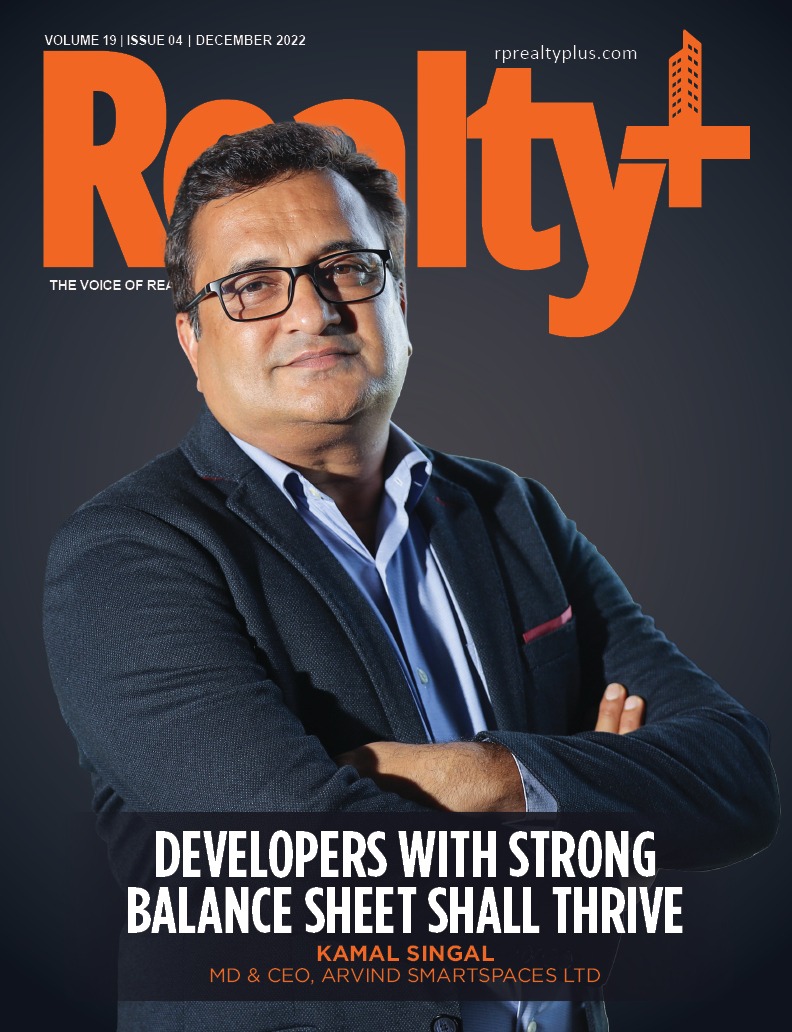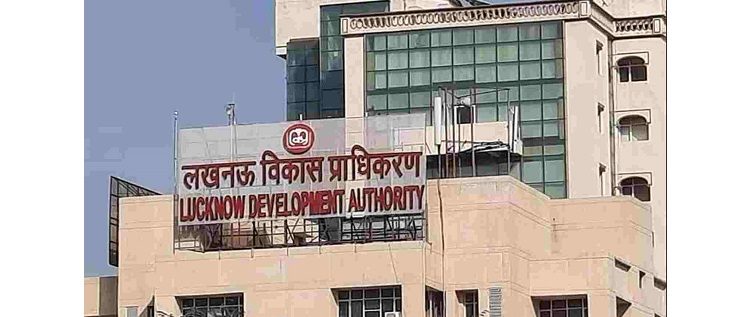KEY FINDINGS OF THE SENTIMENT INDEX SURVEY
Current sentiment score
- The stakeholders continue to be pessimistic and wary owing to the overall economic slowdown and the slump in domestic consumption demand.
- Drying credit flow to developers due to the NBFC crisis and slowing down of the economy at 5% in the June quarter – a five-year low, has all negatively impacted the current sentiment scores.
- Measures taken by the government such as the slashing of corporate tax rate to 22%, the liquidity support to HFCs and NBFCs and the creation of a stressed asset fund (AIF) of INR 20,000 crore to boost liquidity and revive demand have failed to infuse confidence in the market; thus, further downgrading the current sentiment score.
Future sentiment score
- Dropping to an all-time low at 49 in Q3 2019, the future sentiment index score is a clear indication that the sector is under pressure.
- The real estate industry has been in the doldrums for over three years now and the stakeholders see no immediate solution to the sector plagued with defaults, weak demand and the drying up of funding because of the NBFC crisis. The restricted flow of liquidity has resulted in many real estate projects being stuck in the past one year due to lack of funds. Along with the above, the realisation that the slowdown in the economy will further weaken the demand and in turn impend cash flow issues for the developers has marred the outlook of the stakeholders for the coming six months.
“The real estate stakeholders’ sentiment has gone in the ‘pessimistic’ zone for the current quarter owing to poor demand side performance, despite plethora of measures by the government. However, it is more significant to note that, for the first time, the stakeholders are wary regards the future six months for the real estate sector and the overall economy, thus pushing the sentiment score in the red. While measures have been announced by the finance minister in this quarter attempting to sort out the supply side challenges, however these measures are mostly focused on affordable housing segment, leaving out the vast majority of non-affordable from the announced benefits. These measures have not helped infuse confidence in the stakeholders, as the real challenge lies in demand side story, where end users are unwilling to make home purchases owing to lack of financial confidence. The supply-side sops will not be enough till the time demand is revived by putting money in the hands of the consumer and his confidence is restored.,” said Shishir Baijal, Chairman and Managing Director of Knight Frank India.



















